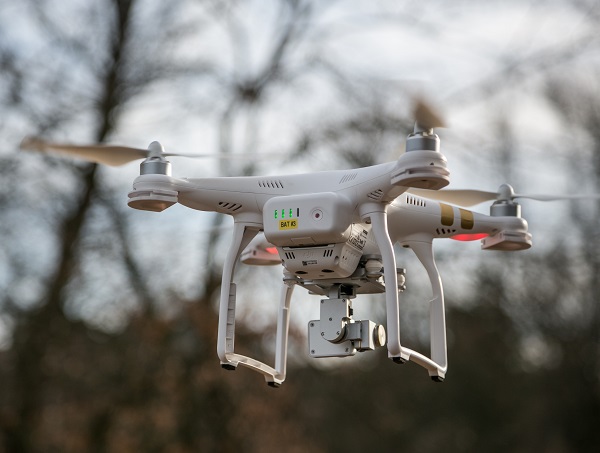On December 31, 2019 Poland’s air navigation service provider Polish Air Navigation Services Agency (PANSA) started production tests of PansaUTM – a system supporting the digital coordination of UAV flights in Poland.
According to PANSA:
“This is the last of the testing phase before operational implementation. Tests mean that in parallel to manual coordination carried out by unmanned aerial vehicle operators (UAVO) and PANSA, the same tasks will be now conducted in a digital manner, using the modules of the PansaUTM system. The production tests of the Unmanned Aircraft System Traffic Management (UTM) will be conducted by PANSA units – Department of Unmanned Aircraft Operations Management, TWR Poznan air traffic controllers and FIS Gdansk flight information service officers. PANSA also counts on the active participation of UAV operators.”
The goal of production tests is to assess the performance of the system during continuous use of the system and cooperation of PansaUTM modules.
In a statement PANSA said:
“PansaUTM is a concept of digital coordination of unmanned aerial vehicle flights and the management of applications and permits for flights in the Polish airspace. It includes proprietary PANSA operational solutions and a technical part provided by technology partners – Hawk-e Sp. z o.o. and DroneRadar Sp. z o.o. The functionalities contained in the system correspond to the basic needs related to the implementation of the UAV flight coordination process and the management of applications and approvals for flights.
The PansaUTM system has numerous functionalities:
– management of basic information necessary for the coordination of flights, such as:
- identification and verification of system users – operators, their ratings and used UAVs;
- management of aeronautical data and data directly related to UAV flight coordination;
– functionalities related to the preparation of the UAV operator for the mission:
- the option of submitting a drone flight plan (dFPL – digital Flight Plan);
- collision analysis of the flight area with existing airspace structures;
- providing the UAV operator with information about the possibility of executing a flight at its location and at a given time, and determining the conditions for performing that flight;
– functionalities that support tactical UAV flights, such as:
- notification by the flight operator at the time of the operation;
- service by UAV air traffic services from the moment of notification, through in-flight support until its completion;
- two-way non-verbal electronic communication (Controller-Drone Data Link Communication) between the PANSA ATS services and the UAV operators supporting the ongoing exchange of information and commands through the DroneRadar 2 mobile application integrated with the system.
The operational implementation of the system will accelerate the process of issuing consents and UAV flight conditions. A more dynamic communication between UAV operators and PANSA ATS services is also anticipated as the PansaUTM electronic system is less burdensome and easier to use than manual flight coordination. It also has analytical tools to verify the location of planned UAV missions.”
Detailed information for UAV operators regarding the coordination and use of the PansaUTM system during production test is available in Polish here: https://www.pansa.pl/?lang=_pl&opis=wiecej&id_wyslane=1473




